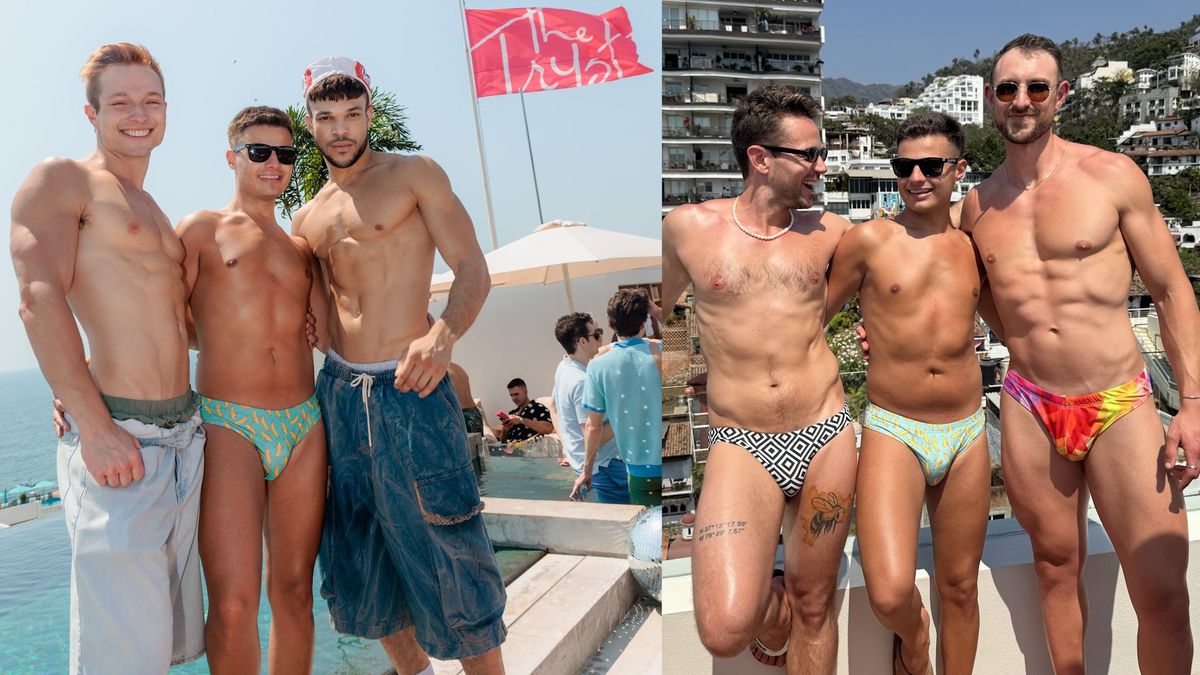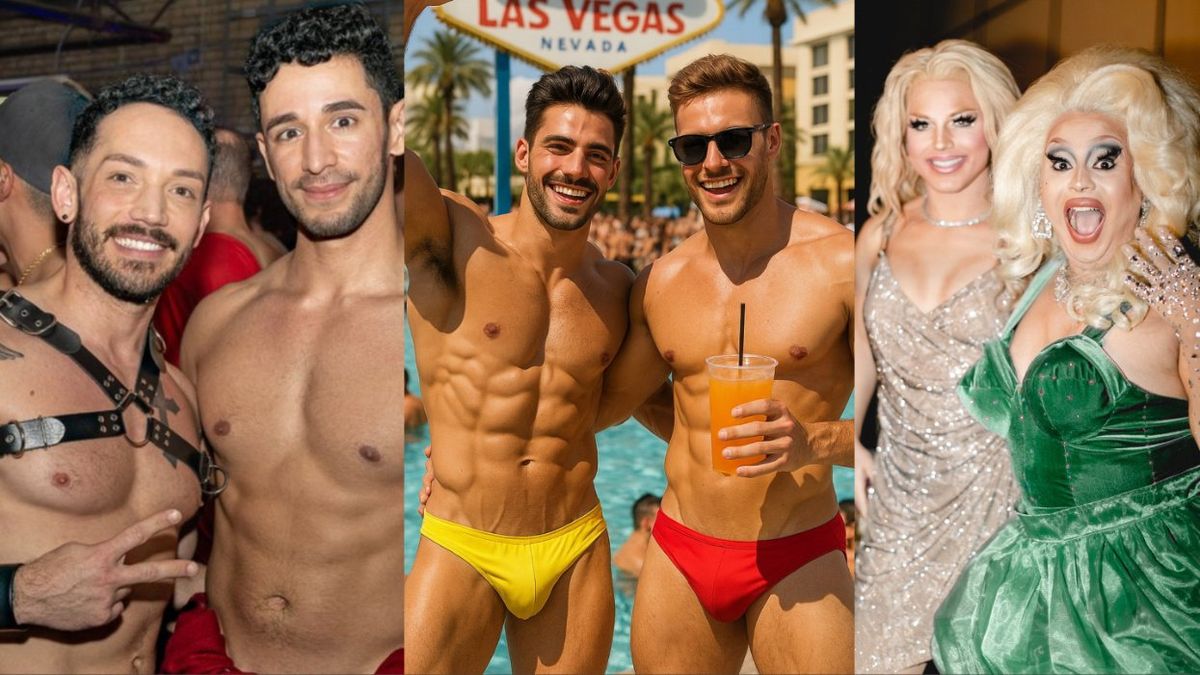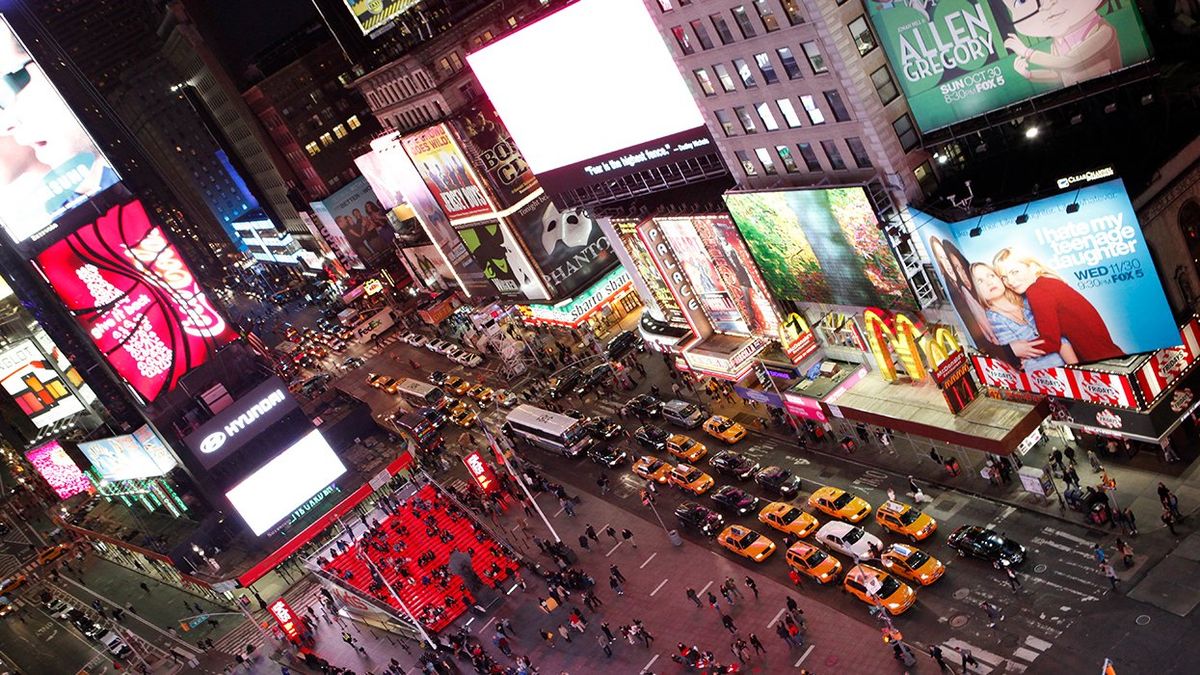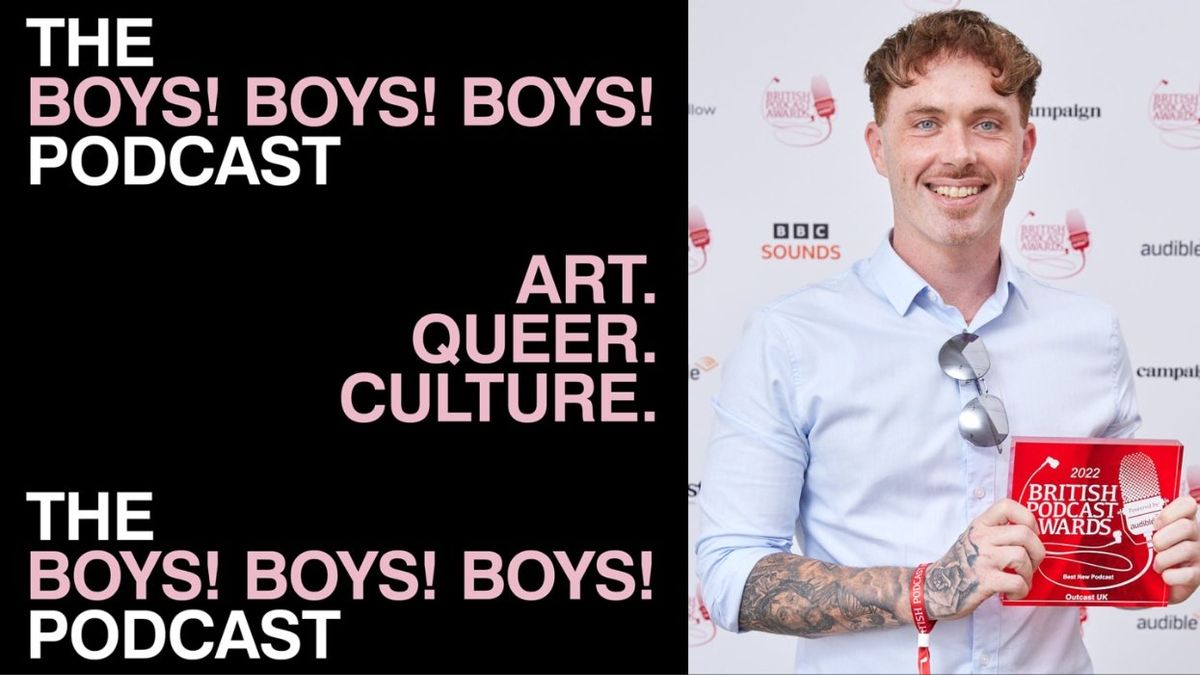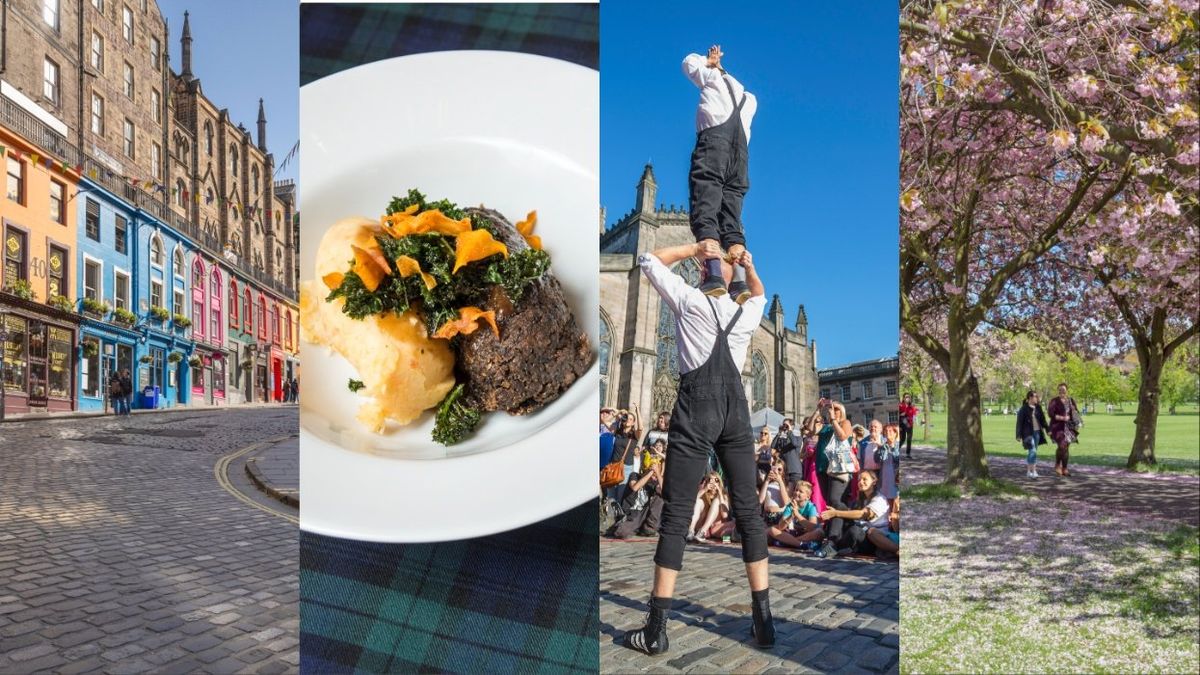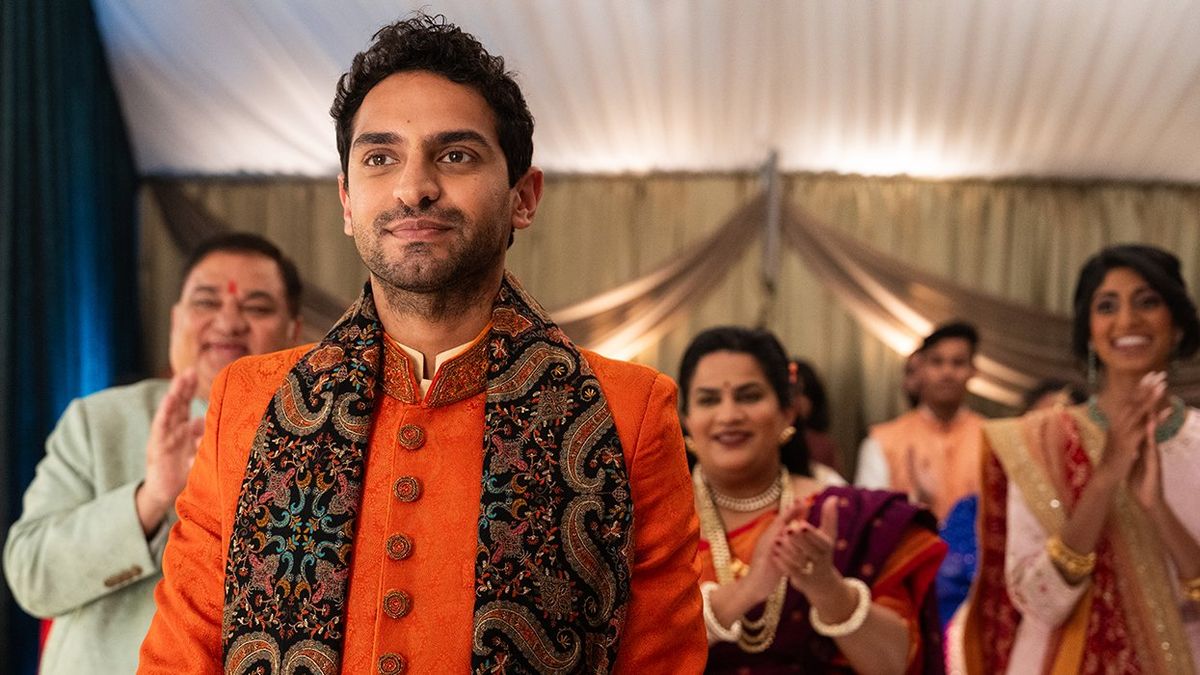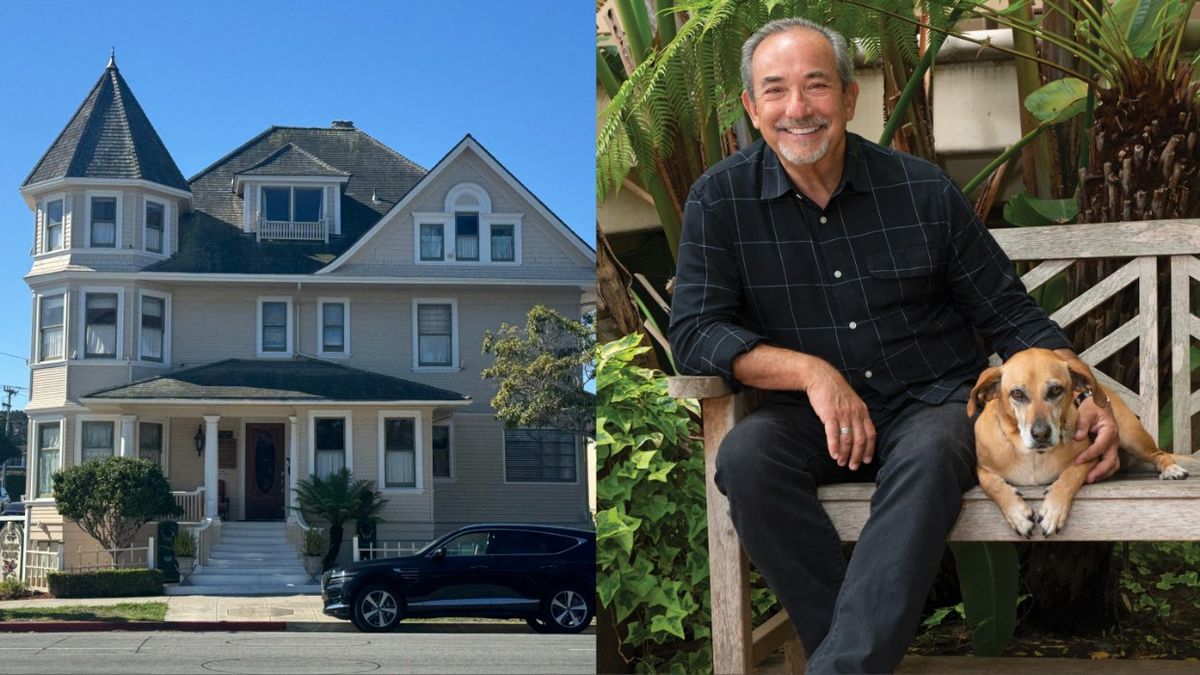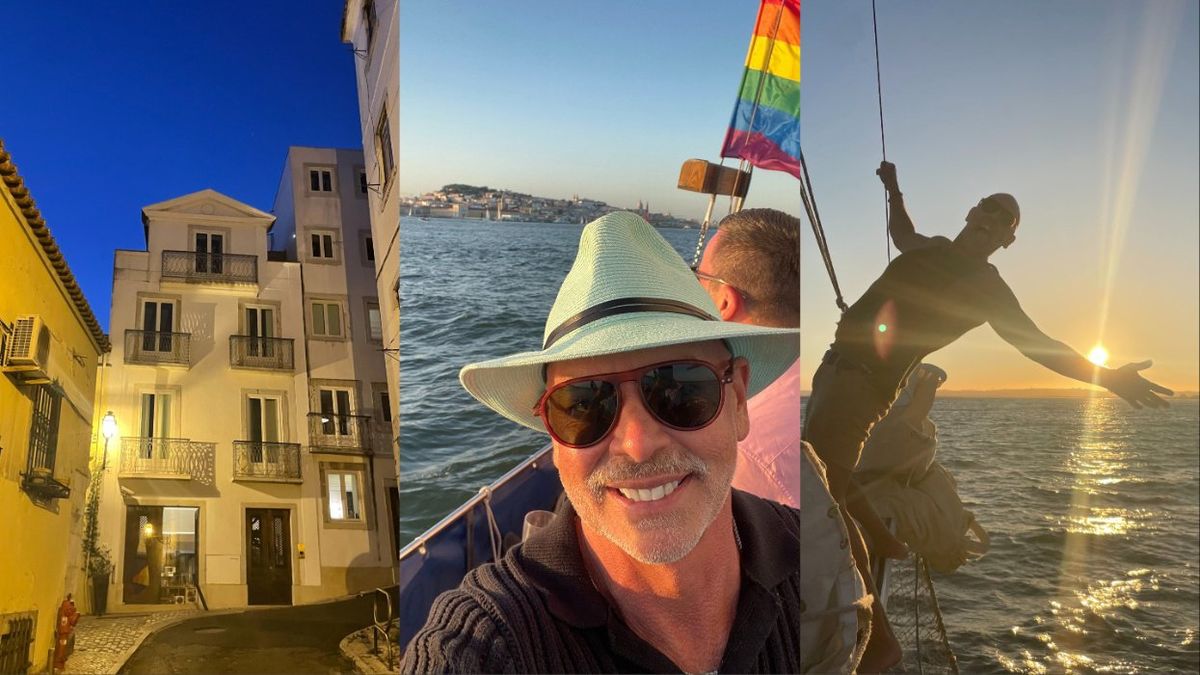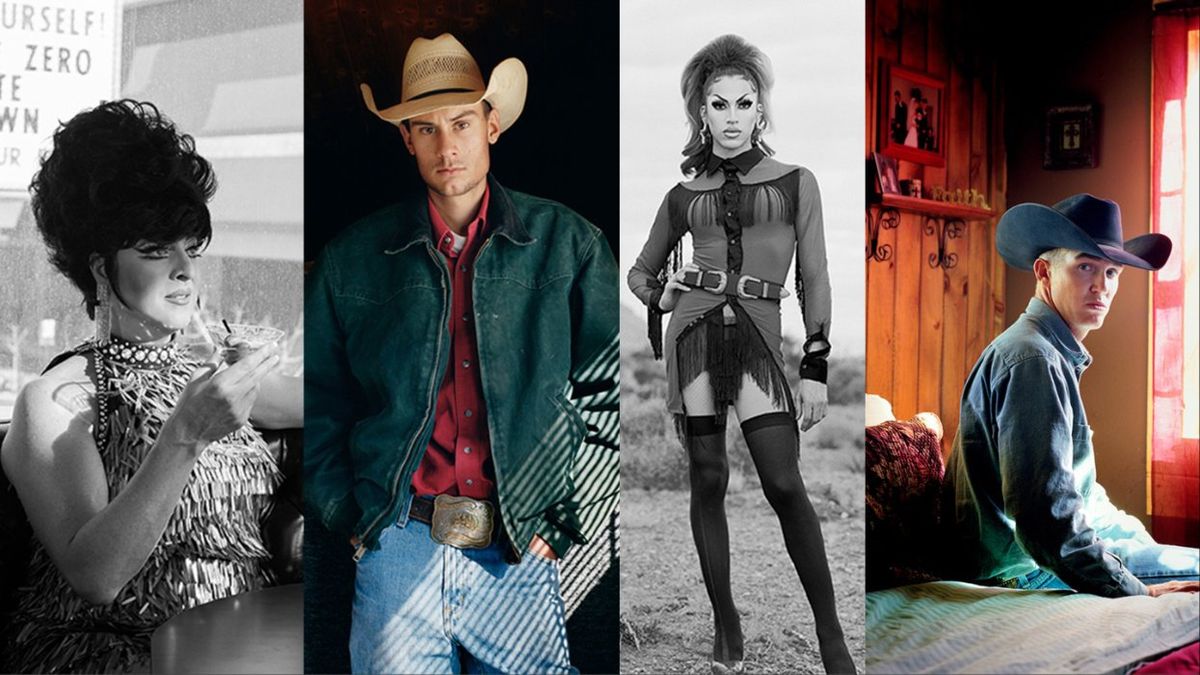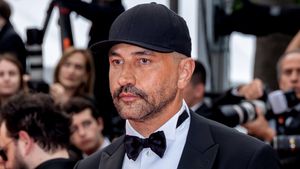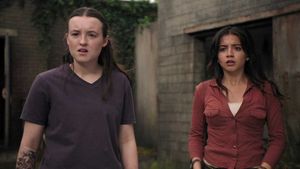For more than a century, New York’s Chelsea Hotel was the famous home to scores of artists and other creatives, and during its heyday from the 1960s to the 1990s, the Chelsea was a home and safe haven for Beat poets rubbing shoulders with machine-gun toting gangsters, performance artists chatting with con artists, and movie directors riding elevators with drug cartel leaders. And many of them were queer.
In author James Lough’s brilliant new hotel memoir, This Ain’t No Holiday Inn: Down and Out At the Chelsea Hotel 1980-1995 (Schaffner Press), the Savannah College of Art and Design professor offers up a complete oral history of the famed New York hotel during its grand, final days, with stories that go beyond the iconic façade and, as he says, “delves into the mayhem, madness and brilliance that emerged from the hotel in the last decades of the 20th Century.”
These firsthand accounts from former residents as well as visitors offer a fascinating, behind-the-scenes look at one of New York City’s most celebrated cultural landmarks. But more importantly it offers a glimpse at the end of Bohemian New York and lets readers explore the Chelsea as it was seen by musicians, filmmakers, writers, and yes, even criminals, once did. There are touching stories too, like when gallery owner Julian Pretto is dying of AIDS and sculptor Carl Andre begs landlord Stanley Bard to find him a room, which he did and for which Andre paid until Pretto’s death. (In 1985, writes Lough, Andre had his own troubles when he was arrested, tried, and acquitted in the death of his wife, artist Anna Mendietta. The verdict divided the New York art world, but is a reminder of the history imbued in the Chelsea Hotel and those around it.)
Among the famous residents were a bevy of gay and bi artists including Andy Warhol, Janis Joplin, Patti Smith, Leonard Cohen, Gore Vidal, Allen Ginsberg, Tennessee Williams, Madonna, Frida Kahlo, Valerie Solanis, and William Burroughs, as well as famous names like Mark Twain, Dennis Hopper, the Sex Pistols, and Pablo Picasso. The artists all came for the libertine atmosphere; Warhol’s Factory regulars like Edie Sedgwick and Holly Woodlawn were all regulars, showcased in the film Chelsea Girls.
The red-brick Queen Anne-meets-Victorian gothic hotel with a wrought-iron staircase, parquet floors, and art-plastered walls offered up the perfect seedy-chic atmosphere in a building still revered by architects (it’s now a historic landmark). And the community of artists, junkie poets, gangsters, and glitterati were part of the landscape of the hotel, both collaborating with each other but also serving as sort of human décor, enhancing the environment with their creativeness. When the hotel management began removing the art from the walls in 2011, many residents decried it as the end of the Chelsea as they knew it.
This Ain’t No Holiday Inn lets armchair travelers and anyone young enough to have missed the ‘60s explore the hotel in a way few of us have. It’s a trip back to a fertile era when landlords accepted paintings for rent when cash was scant (as manager/artistic nurturer Stanley Bard often did), where drag queens were part of daily life instead of on stage, and where networking meant joining wild parties and new age spiritual tête-à-têtes rather than LinkedIn.
Most fascinating, in this recollection from those who lived it, like Dee Dee Ramone, Johnny Thunders, and Warhol ingénue Viva, is the virtual tour it offers of the hotel itself, from the art-bedecked lobby “filled with pimps, prostitutes, and drug dealers” to the elegant penthouses filled with the glitterati, to the catacomb/dungeon-like basement.
A new owner bought the hotel in 2013 and many wonder if he’ll revive it, making This Ain’t No Holiday Inn both a worthy read and a look at a hotel that may or may not ever take visitors again.
Anderson-Minshall is the editor in chief of HIV Plus magazine and a editor at large of The Advocate.

















